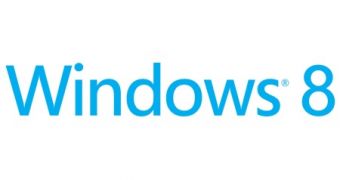This week, Microsoft officially confirmed the upcoming availability of Windows 8 at the end of October, and also announced that it would make the new platform available for OEMs starting with the first week of August.
What the company did not say out loud was how much it planned on charging manufacturers interested in coming up with devices running under the new operating system.
However, it appears that the Redmond-based software giant did provide such info to its partners, and that these details already made it online.
A recent article on DigiTimes claims that Microsoft plans on charging OEMs between $60 and $80 for the standard flavor of the upcoming operating system, namely Windows 8.
Moreover, the Redmond-based software giant is said to aim at making Windows 8 Pro available for OEMs for $80-100, and that it would also throw Office inside it.
As for Windows RT, the new version of Windows that will work on ARM architectures, it should cost OEMs between $50 and $65, also with Office inside.
These details reportedly come from Taiwan-based notebook supply chain makers and should represent the final pricing Microsoft has in store for its partners.
Moreover, the same sources claimed that Windows 8 is expected to prove of great success among end users, and to be able to resurrect the consumer demand for traditional notebooks.
On the other hand, Windows 8-based products are expected to be more expensive than traditional PCs, especially given the inclusion of new hardware components inside, such as touchscreen displays, so as to be able to take full advantage of what the platform has to offer.
Sales of Windows 8 PCs are expected to see a boost only in 2013, when more such machines will be available around the world.
The initial interest in Windows 8 has been strong, yet not as strong as Microsoft might have expected it to be when compared to how users received the first bits of Windows 7.
However, the Redmond-based company is confident that users will get used to the new functionality and looks of Windows 8 (namely the Metro UI), and that the OS will prove successful.

 14 DAY TRIAL //
14 DAY TRIAL //